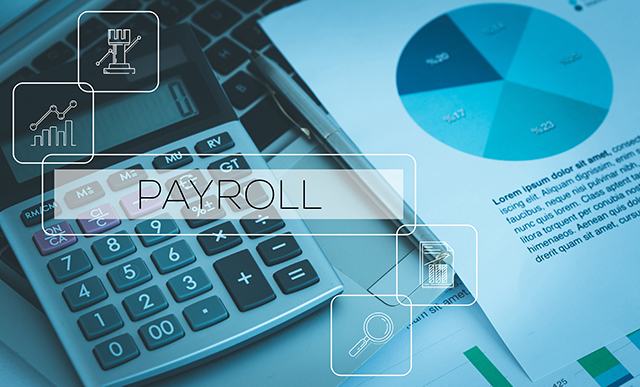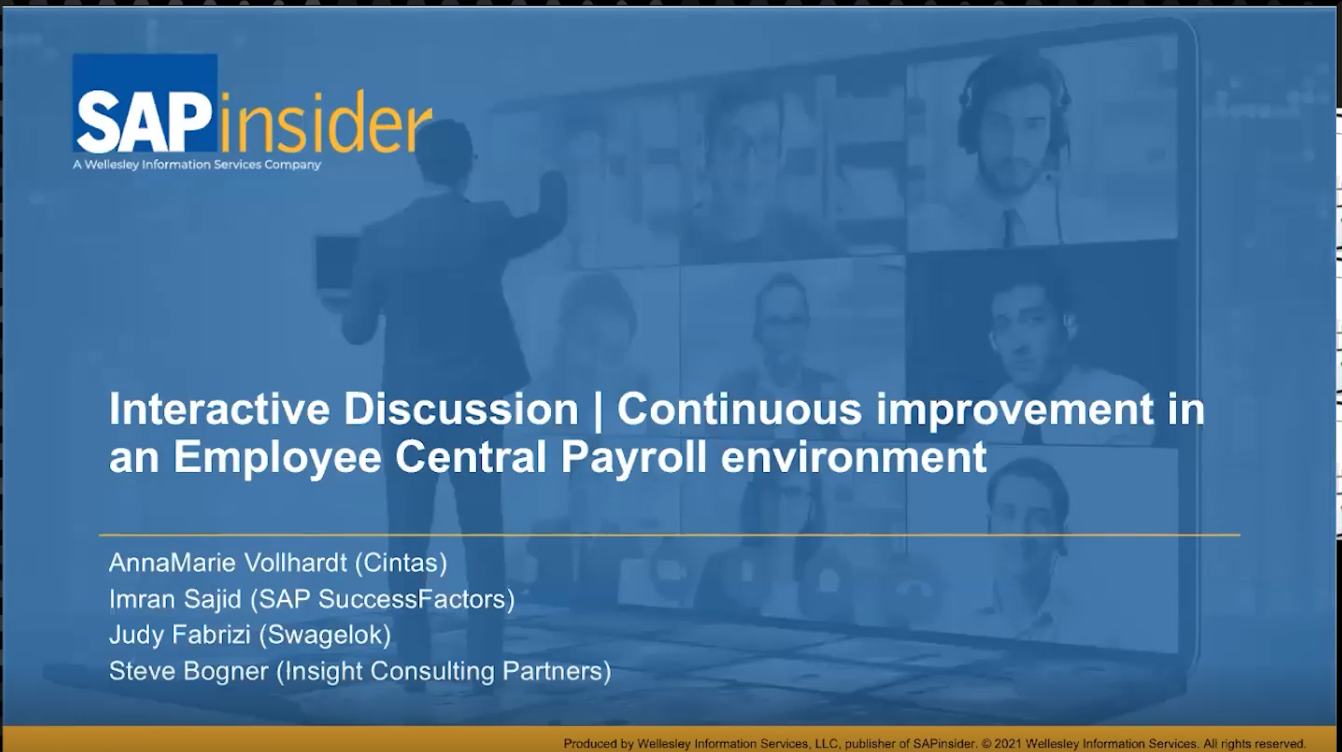Preparing SAP Payroll for the end of financial year
Key Takeaways
⇨ Keeping SAP Payroll up to date ensures a smoother end of financial year
⇨ Less than two weeks till ATO amended tax rates and Federal budget superannuation changes come into effect
⇨ Keep track of changes and updates from SAP Notes to guide any planned modifications
As the Australian financial year draws to a close, organisations are looking to finalise payroll records, Single Touch Payroll and other preparations involving SAP Payroll.
Kapil Jhanji, solution architect at HR and payroll software company Zalaris, said organisations using SAP Payroll should keep it as up to date as possible to make sure the information is accurate and compliant.
“As the financial year draws to a close, businesses operating in Australia must ensure their payroll systems are up-to-date and compliant with the latest tax laws and regulations,” Jhanji said.
Explore related questions
“For organisations using SAP Payroll, this means implementing several crucial updates to maintain accuracy and adherence to Australian Taxation Office (ATO) requirements.”
Jhanji focused on four areas to update to keep up with the changes for SAP Payroll to ensure the end of financial year transition is smooth.
Tax rates and thresholds updates
The ATO has released its income tax rates and tax brackets for the financial year through SAP Notes 3472520 and 3478734 for the 2024-2025 tax year.
“It is essential to have this note applied in your SAP Payroll system to ensure correct tax withholding from employee salaries before processing the first payroll of the new tax financial year,” Jhanji said.
Superannuation changes
The recent Federal Budget has set the superannuation guarantee rate for 2024-2025 from 11 percent to 11.5 percent, while the maximum super contribution base (MSCB) per quarter is now set to $ 65,070, up from $62,270 the previous year.
The per period calculation of the employer super guarantee (SG) has been changed to each pay period instead of at the end of the month. The SG is now also displayed on payslips for every pay period.
The change comes after the minimum earnings requirement was removed in the May 2022 budget. The previous setup of the SG being paid at the end of the month also excluded terminated employees, opening up the risk to non-compliance with Fair Work Australia’s requirements.
More information can be found on SAP notes 3337028 and 3393587.
“The ATO has been consulting on the admin requirements for this change, conducting workshops to identify implementation options and address stakeholder concerns,” Jhanji said. “During this period, customers are advised to use this lead time to examine their governance process to handle the increased volume of contributions.”
Jhanji added that more co-design work and stakeholder engagement is expected to take place after the next budget.
“Once the design is confirmed, the ATO will establish a Payday Super special purpose working group to provide comprehensive advice on the end-to-end administrative solution, including the technical design for system build and contributions messaging specific to Superstream,” he said.
Fringe Benefits Tax
The ATO has set guidance on how to adjust Fringe Benefits Tax (FBT) rates, exemptions and reporting thresholds.
FBT is a tax paid by employers on certain benefits provided to their employees, or to their employees’ family or other associates. Fringe benefits include allowing an employee to use a car for private purposes, car parking, paying for an employee’s gym membership, et cetera.
The ATO’s guidance involves identifying the types of fringe benefits provided, calculating the taxable value and amount of FBT, and lodging the FBT return and reporting each employee’s reportable fringe benefit amount.
The Type 1 and Type 2 gross-up rates used for calculating reportable fringe benefits have also been updated, with the former at 2.0802 and the latter at 1.8868. These are active until 31 March 2025.
Payroll reporting requirements
Single Touch Payroll (STP) reconciliation ensures the accuracy and completeness of the payroll data reported to the ATO.
The end of financial year process for STP involves submitting the relevant files (submission IDs in SAP) by setting the Final Indicator before declaring the IDs.
“Make sure the final ‘Update Event’ in SAP includes all employees, both active and terminated, within the financial year,” Jhanji said.
Other changes include the new employment termination payment cap for life benefit termination payments, which was increased from $235,000 to $245,000.
Implementing these changes
“SAP provides detailed notes outlining changes and updates,” Jhanji said. “Carefully review these notes to understand the required modifications.”
He also recommended implementing available support packages and ensure SPAU (Repository Information System) and SPDD (Customer Modifications) are correctly managed. Those using Employee Central Payroll can use the ‘Payroll System Information’ tool within Employee Central to review support packages available.
Jhanji added conducting a thorough testing of any modifications in a development or test environment to ensure accuracy before deploying them to production.
“Assess the complexity of changes and business system impact, considering the need for a payroll parallel run to validate any potential adverse effects on current payroll functions,” he said.
Finally, he emphasised the importance of communicating with stakeholders like HR, finance and payroll teams about updates and any changes in processes.
“Stay updated by regularly consulting the latest SAP Notes and collaborating closely with your SAP support team to uphold system efficiency and compliance,” Jhanji said.
“By adhering to these practices, your organisation can confidently navigate the intricacies of year-end payroll changes and smoothly transition into the new financial year.”




